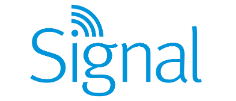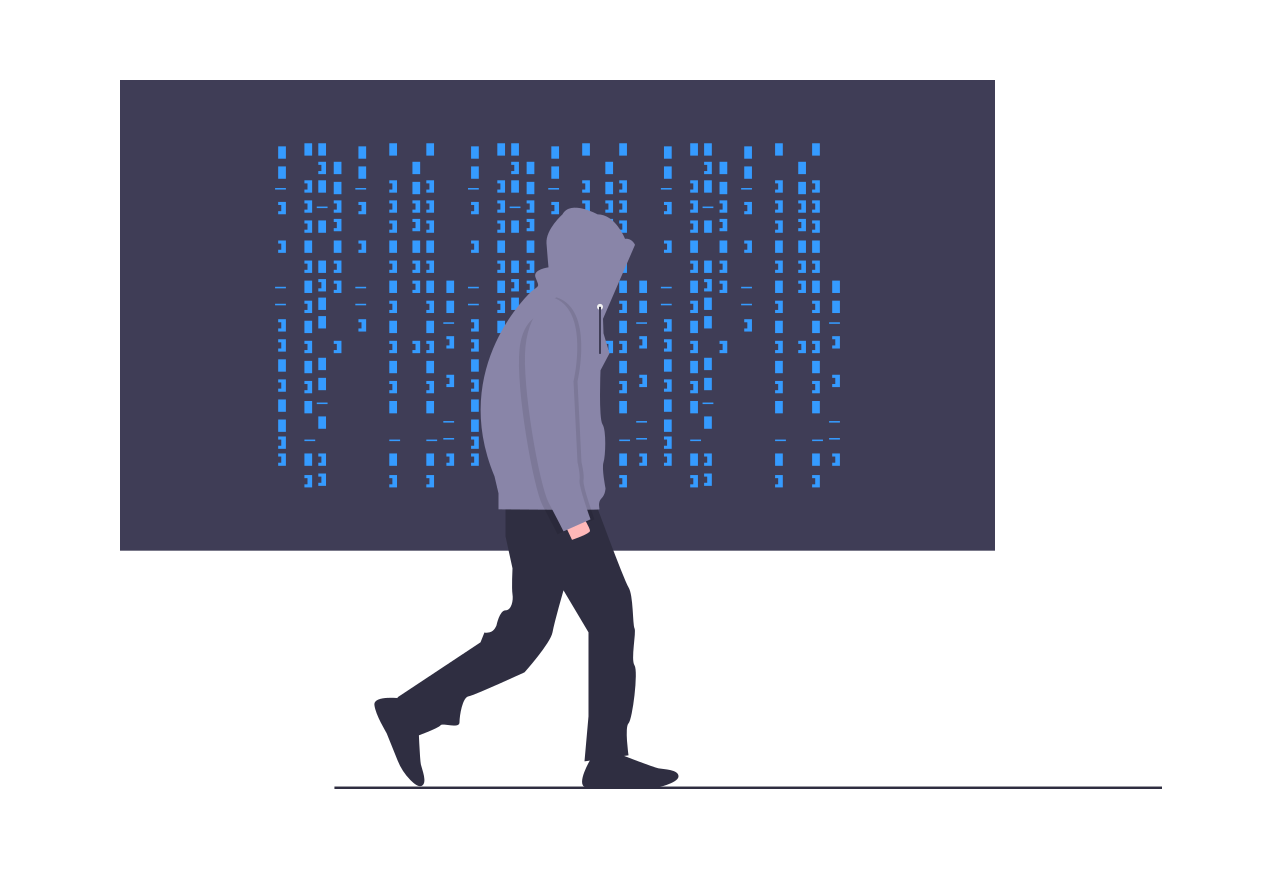How to Secure your Organization’s Social Media with OSINT Tools
Social media is a powerful tool that allows organizations to reach new audiences, communicate and engage with customers, build brand loyalty, share promotions and ultimately achieve new growth. However, because of the very public nature of it, social media opens up new opportunities for cyber criminals to target an organization.
Companies which don’t take the proper precautions in securing their social media channels could find themselves reeling from unexpected attacks. These attack could implement a wide variety of threat vectors, from employees to malware, and could evolve into serious and costly threats.
In this article, we explore some of the commonly exploited risks that are associated with corporate social media use as well as what a company can do to best mitigate these risks and how Open Source Intelligence (OSINT) can play an important role in preventing and protecting an organization.
The risks of social media for corporate security
Phishing and Scams
Phishing is a predominant attack strategy by cybercriminals with an estimated 90% of incidents and breaches including a phishing element.
Phishing is defined as social engineering using digital methods for malicious purposes. Generally, the goal is to get the victim to hand over private information such as passwords, banking or credit card information.
In the case of social media, there are numerous forms that phishing can take. For example:
Impersonation
Propagating attacks
Data dumps
Romance scams
Intelligence gathering (for account takeover and spear phishing)
Social media platforms still offer only minimal controls to prevent the further propagation of account takeovers. Additionally, because social accounts typically need to be approved prior to connecting with people, account takeovers allow hackers to utilise trust associated with that account. Which is why it’s important for organizations to understand and prepare responses to these evolving threats.
Human Error
One of the key security weaknesses that many organizations face is human error. Everyone makes mistakes and in today’s digital world it is all too easy for cybercriminals to take advantage of these mistakes. In fact, according to EY Global Information Security Survey, employee weakness was responsible for 20% of all cyber attacks. Something as simple as clicking the wrong link or downloading the wrong file could cause havoc with a company's security systems.
When it comes to social media, one attack vector that many users don’t realize cybercriminals utilise is online challenges and quizzes. These quizzes often ask for or obtain by way of an answer personal information which is then used to hack passwords.
For example, the answers to a social quiz might require you to give up letters from your mother's maiden name, your date of birth, or your first pet's name. This information combined with the details publicly available on your social media profiles could very easily offer up common password and security question combinations.
Third-party Apps
Even if your company's social media accounts are locked down tight, hackers may be able to gain access to an otherwise secure social media account through vulnerabilities in connected third-party apps.
Imposter Accounts
A cyberattack doesn’t always take the form of a hack. Instead, it is fairly easy for an imposter to create a social media account that looks like it belongs to your organization. This is one reason having a verified account is so valuable.
LinkedIn’s latest transparency report notes that they took action on 21.6 million fake accounts in just six months.
Facebook estimates that about 5% of monthly active user accounts are fake.
Impostor accounts can target your customers with fake deals, disinformation, or nefarious links. When a customer is tricked like this, not only does your brand suffer but often the organization is held responsible.
One recent example found on Twitter was a fake account fraudulently collecting money on behalf of President Trump’s 2020 reelection campaign. The account “@realDonaldTrump_” is set up as an almost exact replica of the real Trump’s account with only an underscore at the end of the handle to indicate it is not the real account. And of course, it lacks that tell-tale blue verification tick.
An example of an imposter account being used to fraudulently collect money.
Unsecured Mobile Phones
More than 50% of the time spent online is done through mobile phones. Using social media apps allows us to access and engage on social channels with just a single tap. This is great, as long as you are the one in possession of your phone. However, this ease also creates a security risk.
Should your phone be stolen and accessed all it takes is one tap for the thief to access your social accounts and then they can message all your connections with phishing or malware attacks or spread disinformation using your accounts.
And, worryingly more than half of people leave their phones unlocked.
Malware and Hacks
By its very nature, social media is about social interaction. For personal accounts, this means interacting with friends or acquaintances online in some form or another. For organizations it means interacting with customers, for celebrities or influencers it means interacting with fans.
This is actually a barrier for many cybercriminals. People are generally distrustful of communications where they have no prior experience with the person or people behind them.
Generally speaking, strangers on the internet are still strangers and it takes a while to build an audience and gain their trust. For a cybercriminal to utilize social platforms then, they often have to go through a rather troublesome and lengthy process of building this trust. And while there are certainly numerous ways for a cybercriminal to sidestep these issues, if their end goal is to get people to click links or share information then their success rate will obviously be much higher should they originally share from a trusted account.
Related: The Crucial Role of Social Media Monitoring in Corporate Threat Intelligence
5 actions to securing your companies social media presence
The best policies for social media security operate around prevention. By implementing a few basic social media security protocols organizations can massively reduce the potential threats that social media might otherwise present.
Have a clear social media policy
A clear and properly implemented social media policy is the first place to start. This will allow you to not only protect against security threats but also help prevent bad PR or legal trouble that might ensue should your social media be compromised.
You social media policy should include the following things:
Outline of your brand guidelines that explain how people are allowed to talk about the company on social media.
A list of social media activities to avoid, such as the quizzes that we mentioned earlier.
Guidelines related to copyright and confidentiality
A guide on the best practices for password management to avoid threats like credential stuffing.
The expectation that employees will keep all their devices updated with the latest software.
Examples of scams and attacks and educational material on how staff can avoid these and other key security threats,
Information on who to notify and how to respond should an employee notice a security concern.
Train staff on best security practices
Building on from the previous point, because human errors are such a prevalent factor in hacks and other cyber attacks it is incredibly important to properly and routinely train staff in proper cybersecurity measures. Even the best social media policy won’t protect an organization should the staff not know how to properly follow or implement it.
Training employees routinely will also give them the opportunity to ask questions, engage and get a sense of the importance of the issue. Additionally, because cybercriminals are constantly evolving their strategies, training is an opportunity to update staff on new threats or examples of current scams.
As an added bonus, social media training also equips your team to use social tools effectively. When employees understand best practices, they feel confident using social media for their work. They’re then well-equipped to use social media for both personal and professional purposes and ultimately your company will see better results.
Limit access and permissions
One of the best ways to keep social accounts secure is to strictly control who has access and the exact permissions they have. Not everyone after all needs the ability to post, not everyone needs the ability to see the stats. And should an individual leave (especially if they leave under a dark cloud) it is important to be able to and remember to revoke their access so that they can’t use the social accounts to cause harm to the company.
Have a designated person in charge
This isn’t just a security concern, having a designated person in charge of and responsible for the running of your social channels will, first of all, ensure consistency but also ensure that someone is constantly on top of and routinely checking the social media security which will go a long way to mitigating any risks.
This person will likely be a senior person on your marketing team. They should maintain a good relationship with your company’s IT department to ensure marketing and IT work together.
Social media monitoring for threat detection
As we have mentioned several times already security threats, especially those around social media accounts are constantly evolving as cybercriminals implement new and innovative new methods for attacks. Using OSINT you can not only closely monitor not only your own social media accounts but the entirety of the web. This will allow for your security team to catch risks as they appear and neutralize potential threats early.
For example, careful monitoring of social channels will allow you to discover imposter accounts and get them shut down quickly before they can do real damage. It will allow you to spot inappropriate use of your brand by employees or others associated with your company such as a new partner.
The role of OSINT for social media monitoring and corporate security
By monitoring social networks for mentions of your brand and keywords, you’ll know right away when suspicious conversations about your brand emerge. For example, people might be sharing fake coupons or offers, or an imposter account starts tweeting in your name. Using OSINT you can monitor all the relevant activity online regarding your business and quickly identify fraud allowing you to respond to it in a timely fashion.
Additionally, you can use OSINT tools like Signal to monitor not only your social media channels for things like imposters but also for physical threats against employees or branch locations. Moreover, you could monitor for negative emotional sentiment concerning an event you're hosting and identify people who may decide to turn those threats into action.
Finally, OSINT is vital in identifying when one of the above-mentioned risks of social media becomes more than just a threat, when it becomes a reality. Being amongst the first to know when something like this happens allows you to respond quickly and effectively
Conclusion
Social media security threats are constantly changing. Hackers are always coming up with new strategies, and new scams and viruses can emerge at any time. Researchers are now anticipating that advanced attacks against social media networks will be able to leverage a user’s contacts, location, and even business activities. This information can then be used to develop targeted advertising campaigns toward specific users, or even help spark crime in the virtual or real world.
To prevent social media breaches, protect user information, and secure company data, increased vigilance by individual users and regular audits of your social media security measures are necessary to ensure organization security.





